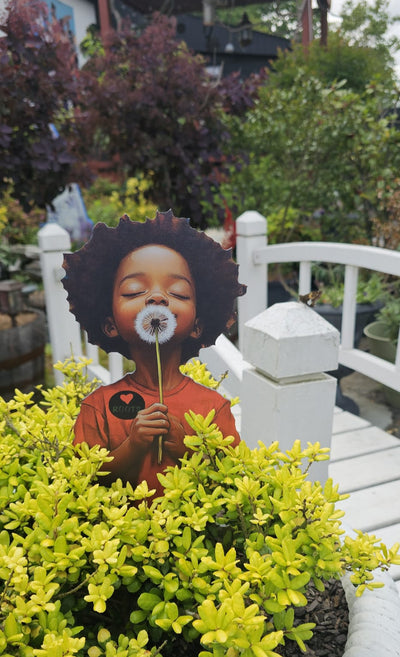BAIA Bits: Gwendolyn Bennett
BAIA BITS
On March 13th, 1928, a unique appeal was made at a special meeting of the National Association for the Advancement of Colored People (N.A.A.C.P.) in Philadelphia. In a brief speech, artist, writer, and journalist, Gwendolyn Bennett, stressed the importance of African Americans having an appreciation for African art and the work of representatives in the field of modern art. Bennett further expressed the need for artists to see real life through art instead of conforming to racial stereotypes of African Americans.
Consistently, according to a March 15, 1928 article covering the event in the Philadelphia Tribune, Bennett hoped to nurture “the viewpoint of looking at art from the creative genius exhibited by the producer.”

Born in of Giddings, Texas in 1902, Bennett endured her parent’s rocky relationship as a child. After the family relocated to Washington DC, the troubled couple divorced, and her mother won custody of their child. However, her father kidnapped Bennett and they lived on the run, hiding in a variety of locations including Harrisburg, Pennsylvania, and Brooklyn, New York, where she attended Brooklyn Girls High School.
Bennett studied at the Fine Arts Department of Teachers College at Columbia University before transferring to the city’s Pratt Institute to continue her studies in art and drama. In the 1920s, the multitalented Bennett became a leading artist of the Harlem Renaissance, launching a support group for young writers including the likes of Helene Johnson, Langston Hughes, Countee Cullen, Wallace Thurman, and Zora Neale Hurston. She produced more than 40 poems, articles, and short stories in such prominent vehicles as Alain Locke’s The New Negro. A vocal supporter of artistic expression, racial pride and equity for African American women, Bennett developed into one of the most revered poets and writers of her era.

In 1925, Bennett travelled to Europe to study fine arts at the prestigious Academic Julian and Ecole du Pantheon in Paris. There, she developed as a graphic artist while working with such mediums as watercolor, woodcuts, oil, and pen and ink. Unfortunately, in 1926, upon returning to the States, most of Bennett’s artworks were destroyed in a fire at her stepmother’s home.
However, the fire could not destroy her impact on the arts and her community as Bennett continued to impact and nurture young African American creatives as an artist and teacher. She served as a member of the Harlem Artists Guild in 1935 and led the Harlem Community Arts Center from 1939 to 1944. Bennett taught art at Howard University and Tennessee State College, and in the public schools of Florida and New York City.
The active, outspoken, and multitalented Gwendolyn Bennett died on May 30, 1981.
BAIA BITS are produced in part by the generous support of our Patreon members with a special shout out to Zadig & Voltaire.
























